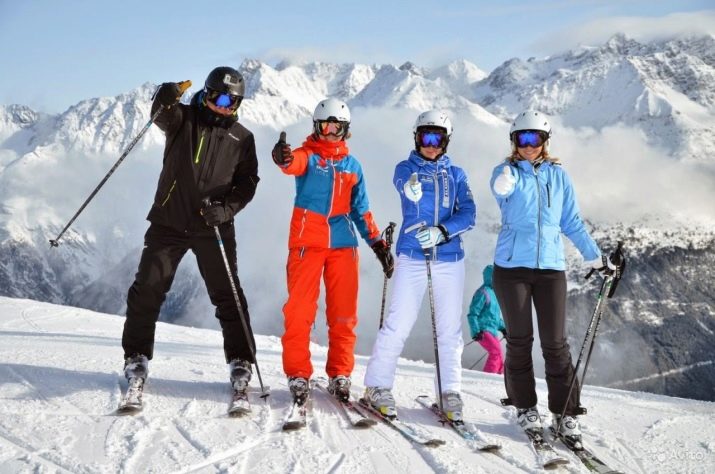All about the stiffness of ski boots
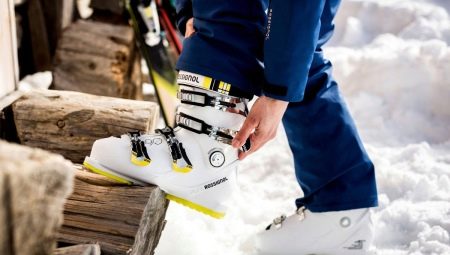
The rigidity of ski boots plays a special role in choosing the best option. If you do this incorrectly, you can face a number of problems, including a short operating time. Let's talk about this topic in more detail.
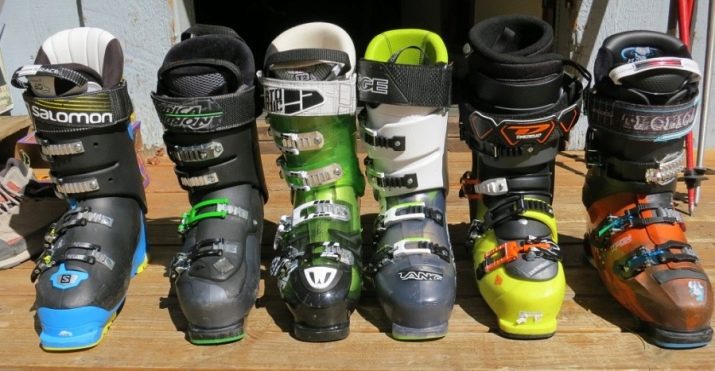
What is it and what does it affect?
The stiffness of ski boots is characterized by their ability to resist long-term loads. The correct choice of boot stiffness means that when the boot is pressed against the skis, the contact with the mountainside will be very harmonious. In this case, the athlete will feel comfortable.
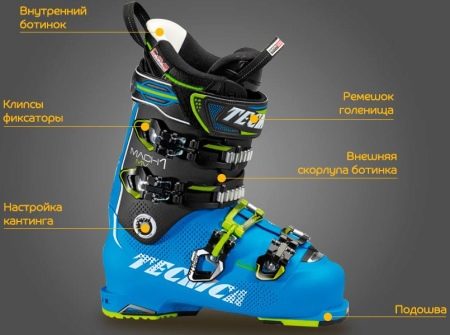
Selecting the type of stiffness required for alpine skiing should be carefully. The choice is made depending on a number of parameters:
- how much does a person skiing weigh;
- what is the height of the buyer who is going to purchase ski boots;
- in what terrain the athlete is going to ride;
- how professionally a person skates, what kind of experience he has.
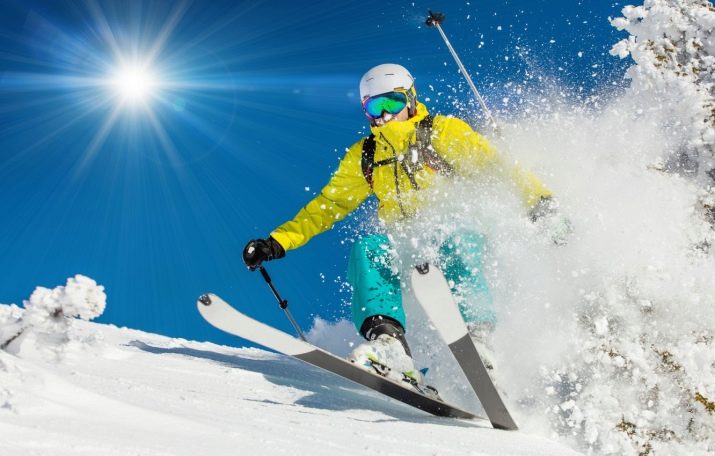
If the stiffness index is insufficient, there will be no harmonious interaction between boots and skis. Many people think that a significant value of this parameter improves the operation of the shoe. But this is not the case. In the absence of deformation, the leg will not bend in the knee area, which makes the work of a person in an upright position more difficult.
The stiffness of ski boots affects the degree of maneuverability. In addition, too rigid options will be inconvenient to take off or put on.
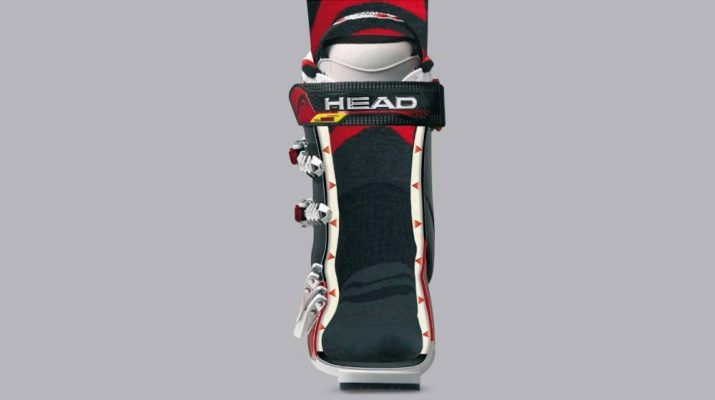
What happens?
The level of stiffness is one of the most important indicators. It allows you to determine how comfortable it will be for a skier to ski downhill. The index should be selected depending on the degree of professionalism and age.
- Index level starting at 50 and ending at 80, means that the shoe is one of the softest varieties. If you choose such a model, then it will not last long. Usually after a season it will have to be changed. Also, these ski boot options are suitable for children who have a growing leg, which leads to regular shoe changes.
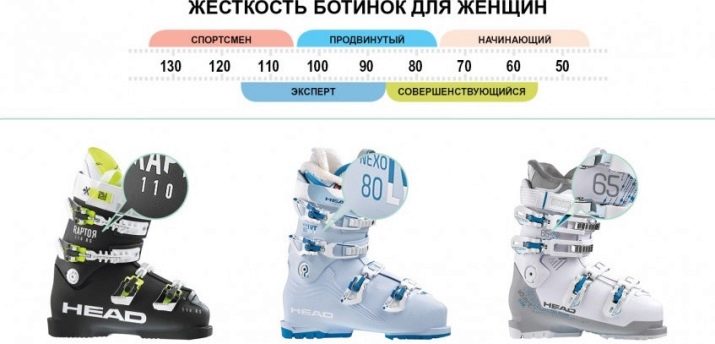
- Index value equal to 80-90 units, indicates that the shoe has a medium-soft hardness. Usually, such models are selected for women who have recently started skiing. During classes, they feel the maximum degree of comfort.
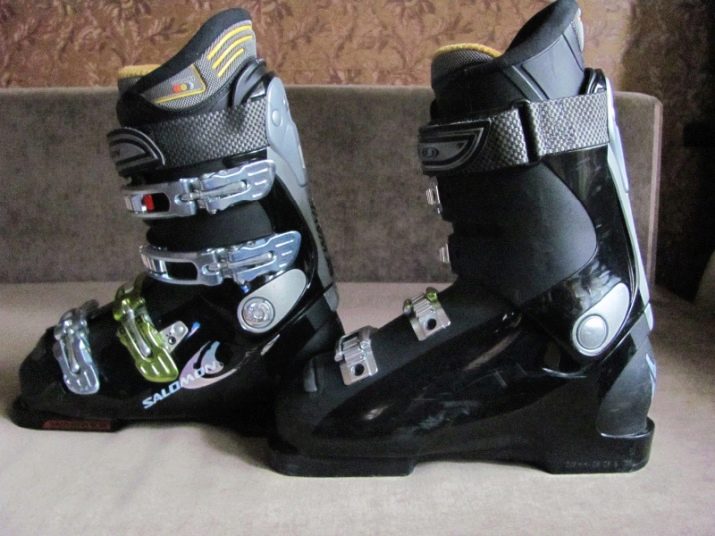
- Representatives of the strong half of humanity should not choose an index less than 90 for themselves. The optimal value is considered to be the one that is equal to 100 units. With a large body weight, they make a choice in favor of options with a stiffness equal to 110 to 130.
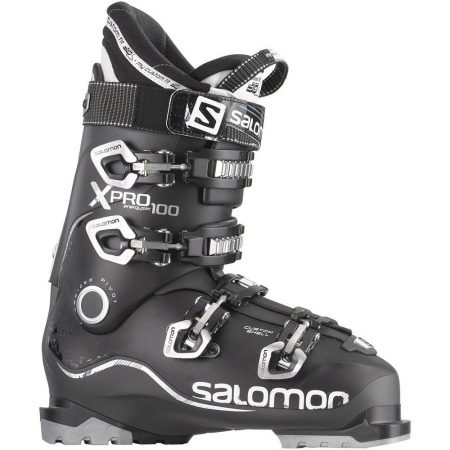
In some cases, the stiffness value can be higher. For professionals with impressive body weight, choose models with a level of rigidity exceeding an index of 140-150 units.
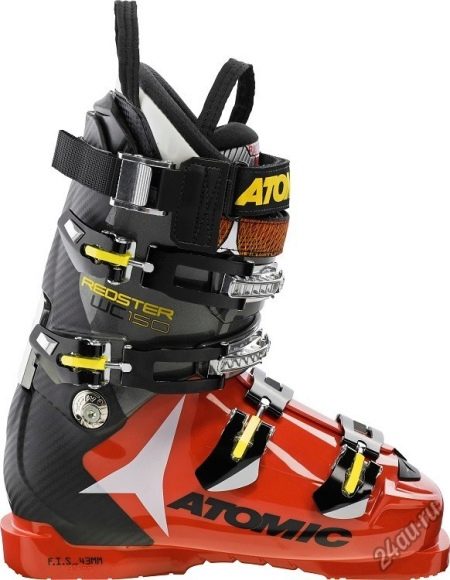
How to determine?
To choose the most suitable option, you should carefully evaluate the stiffness index. It is not difficult to recognize him. Usually this value is indicated on the price tag. This category is written next to such a parameter as shoe size.
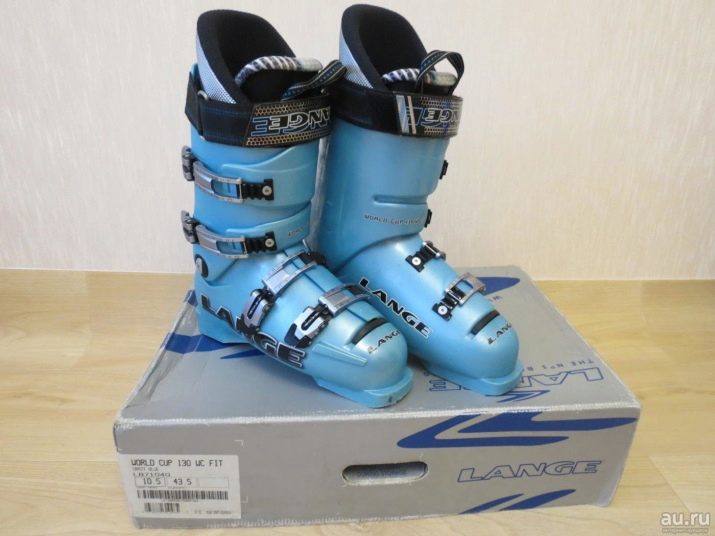
You can also view the index on the ski boots themselves. The size is indicated inside the shoe. It can also be seen in the title. In the first part of it there is already a degree of magnitude.
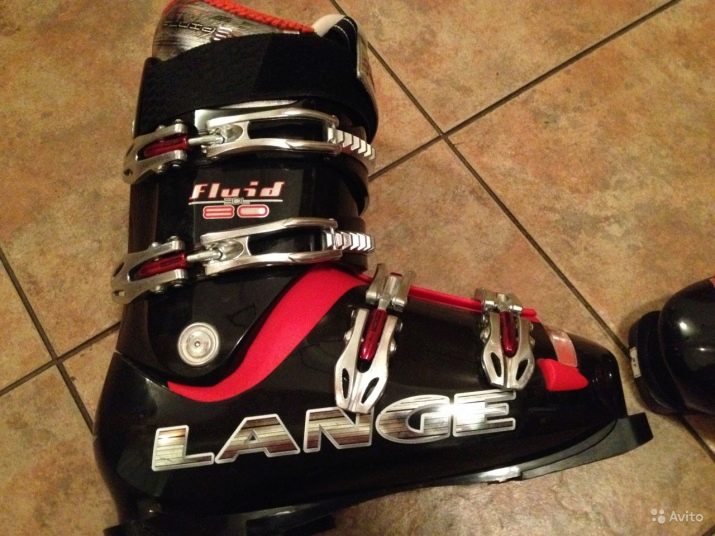
Shoes should be tried on to see how comfortable they are. For a correct assessment of such a parameter, put on shoes and walk in them. This usually takes only a few minutes.
If you did not manage to decide on the model and optimal stiffness on your own, you should contact the sales manager. He will select the most suitable option for everyone. In addition, the specialist will tell you what the pros and cons of ski boots.
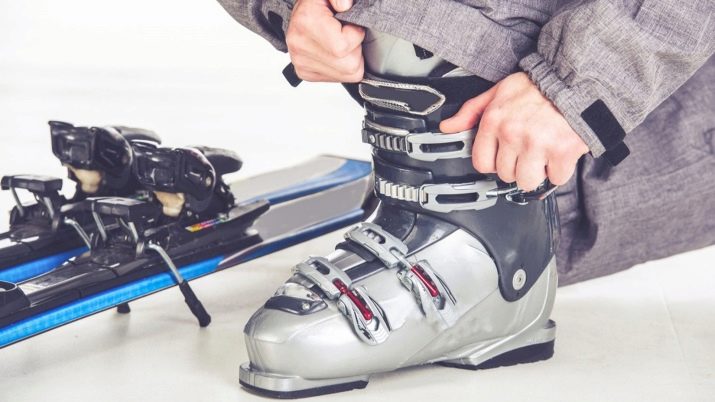
What stiffness should you choose?
The hardness level is indicated as an index. It has its own criteria for each category of athletes.
- The indicator from 50 to 80 units is typical for soft shoes. This value should be selected for beginner athletes. This is especially important for children, as well as girls who are just starting to ski from the mountains.
- When choosing children's models, you should pay attention to how soft and comfortable the model is.
- For women skating at a professional level, ski boots with a hardness level of 80 to 90 units are taken.
- Male beginners can choose models for themselves with a stiffness index equal to 80–90 units.
- With a low weight and an average level of training, representatives of a strong half of humanity can purchase boots with a stiffness equal to from 90 to 100 units.
- With a body weight exceeding the 100 kg mark, you should take boots with an index of more than 100 units.
- The selection of more rigid models with an index equal to from 110 to 130 units is optimal for skiing if the athlete has a good level of training.
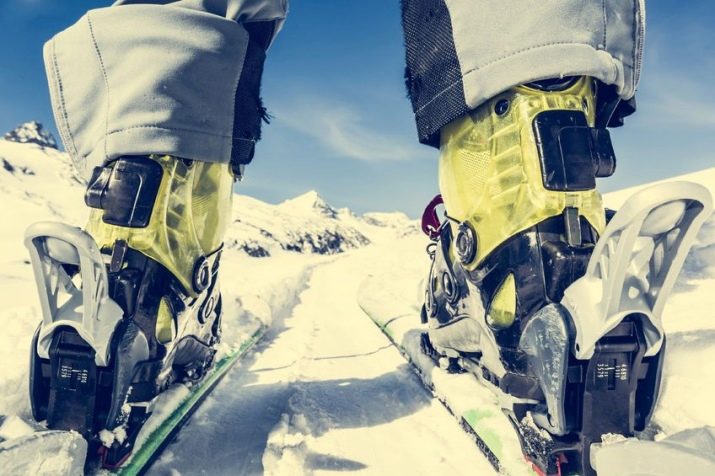
In the case of the correct selection of ski boots, a person receives an excellent energy charge, which allows him to control the skis. This makes it possible to ride without thinking about the difficulties encountered on the way, which can become an obstacle to achieving the set goal.
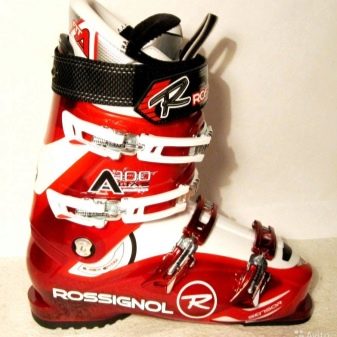
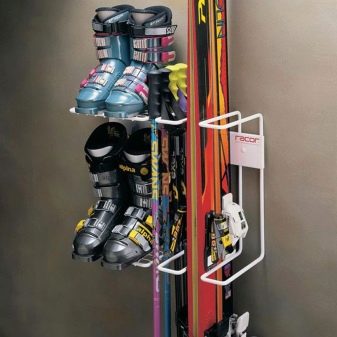
The stiffness of ski boots is important. It must be chosen correctly to make the ride comfortable. For each category of skiers, its own version of stiffness is suitable.
You can find out this value if you look inside the shoe or look at the price tag.
